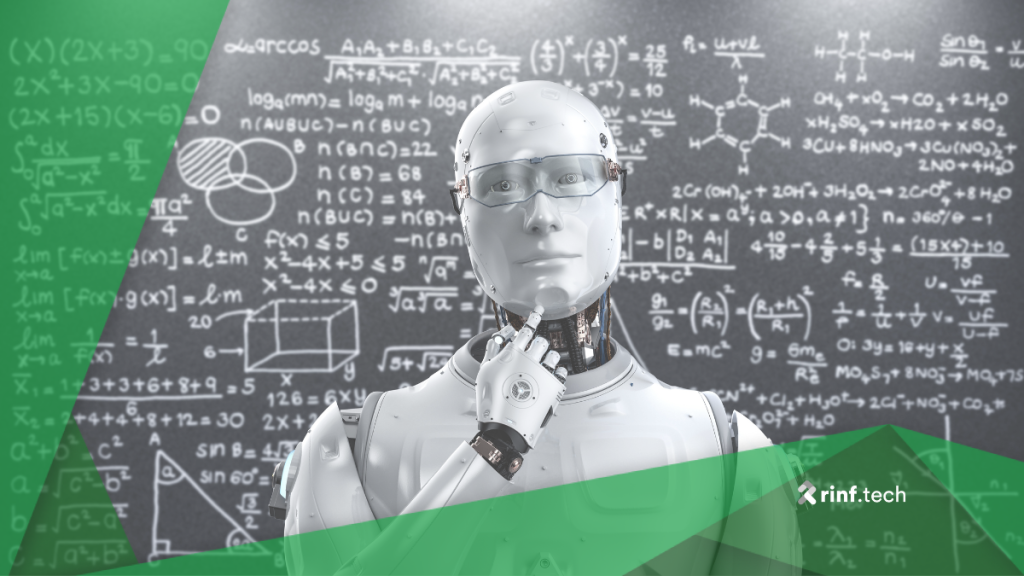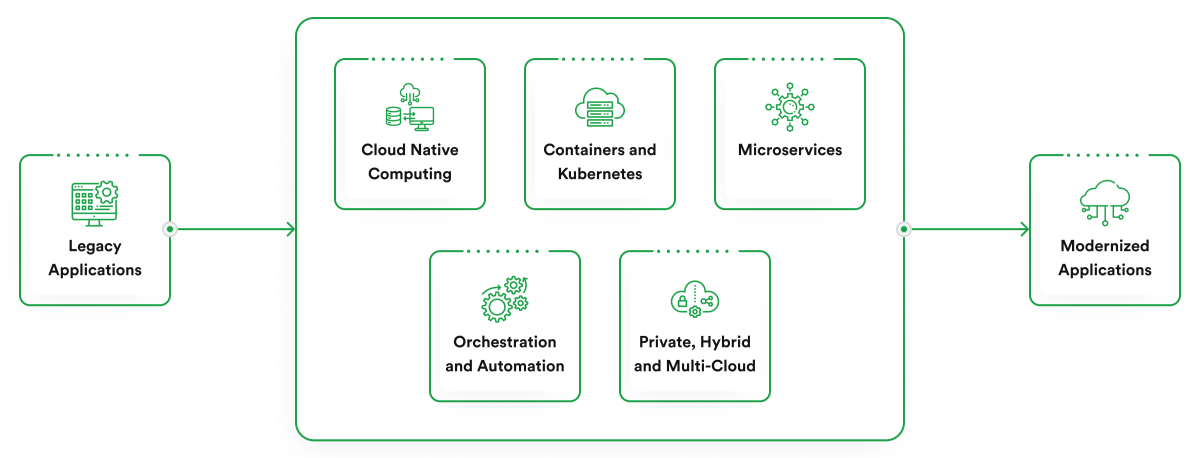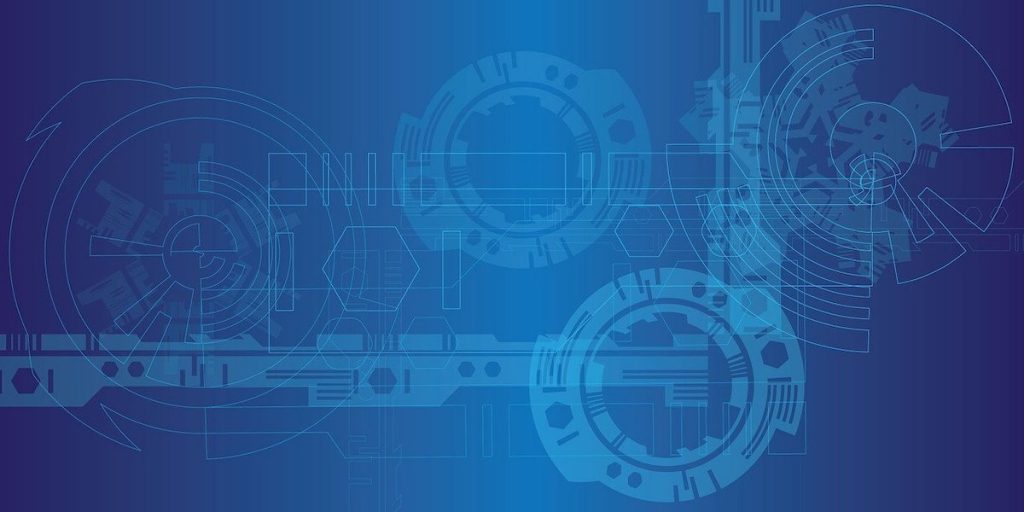
Mastering Machine Learning Project Delivery: Strategies, Life Cycle, and Insights for Success
Delving into the essence of successfully implementing ML projects, exploring strategic approaches, the comprehensive life cycle from conception to deployment, and real-world industry applications.






